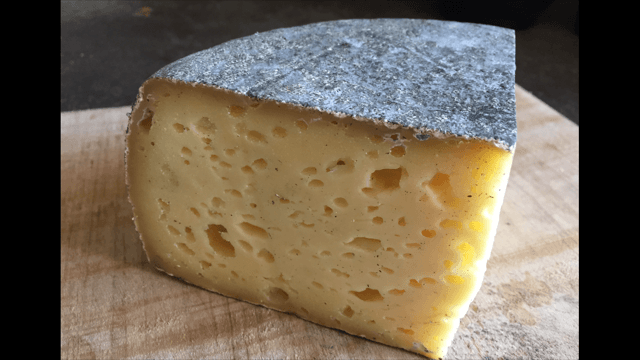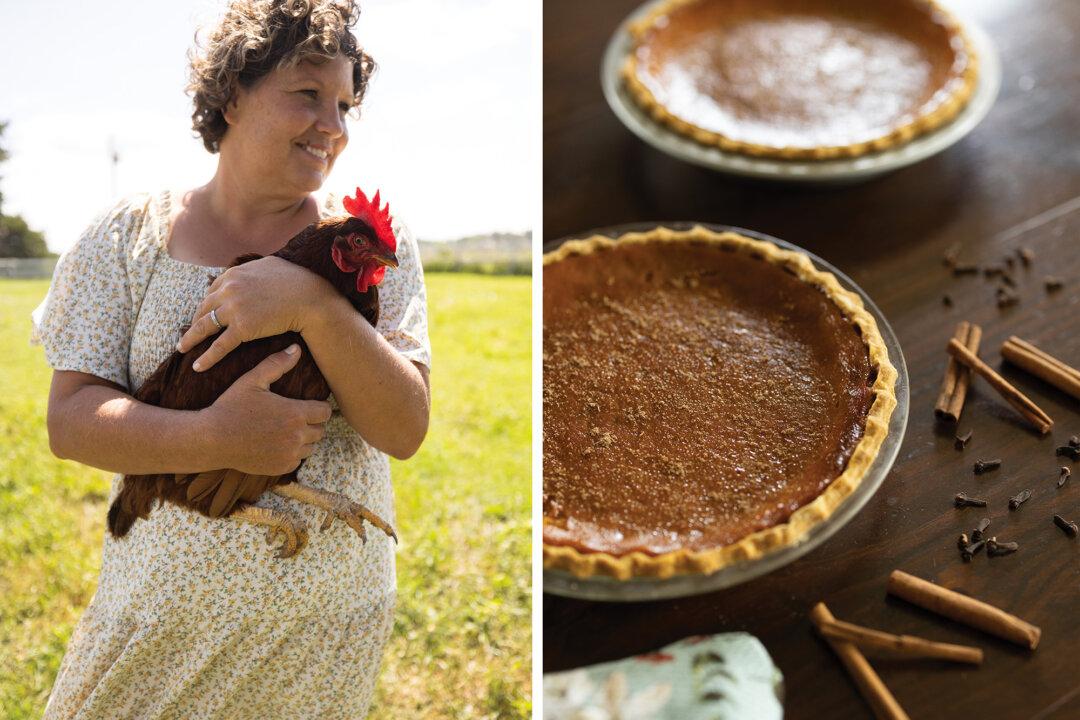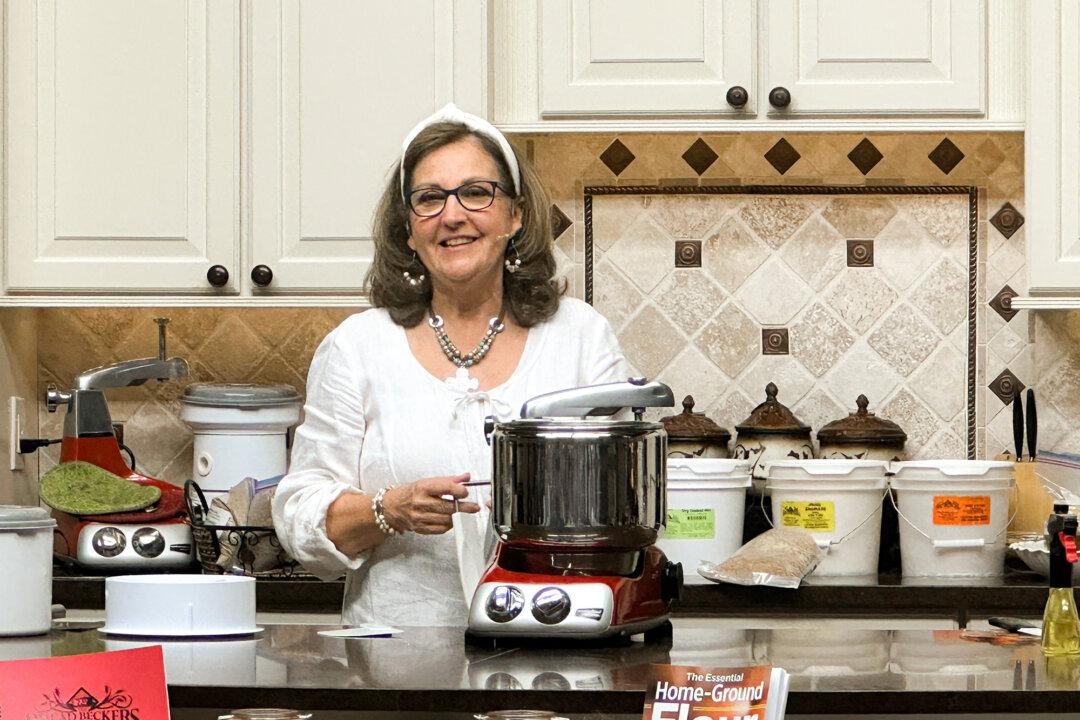Beth Dougherty likes to joke that she started making cheese about five minutes after she and her husband, Shawn, started getting milk from their first Jersey heifer in 2001. With 5 gallons a day coming into their kitchen, storage space was at a premium.
“By day three, there was no room in the refrigerator,” Mrs. Dougherty said.





